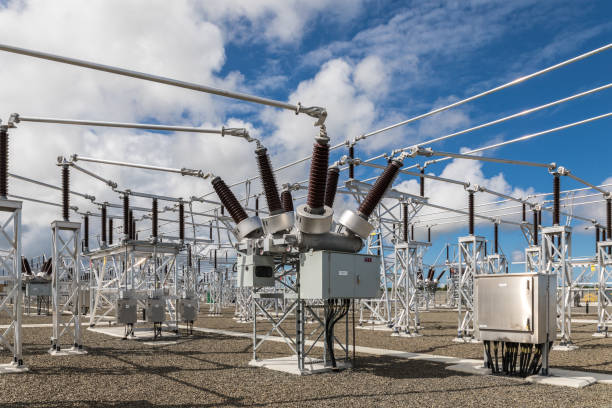The national electricity grid collapsed on Wednesday, making it the sixth time it’ll collapse in 2022 alone.
Some of the country’s electricity distribution companies (Discos) on Wednesday, sent out messages, informing customers that the grid collapsed at about 11:27am.
Prior to Wednesday’s collapse, the last time the national grid suffered an incident was on June 13, throwing the country into darkness and affecting businesses and livelihoods.
In April 2022, the national grid suffered another collapse on April 8.
In March, the grid collapsed on two consecutive days, on March 14 at 10:40am and on March 15.
The national greed also witnessed another failure on February 14.
A power grid is a network of electrical transmission lines connecting a number of generating stations to loads over a wide area.
Designed to operate within certain stability limits, in line with voltage, current, and frequency, whenever these limits are out of the stability range, the operation of the grid becomes unstable, leading to a collapse.
When a collapse of the grid occurs, it could mean a total or partial loss of power on the network, usually caused by a fault significant enough to lead to high frequency.
The power shutdowns which has now become a recurring decimal in the sector, has triggered a blame game between NERC, TCN, GenCos and DisCos.
On June 15, Chairman of the Nigerian Electricity Regulatory Commission (NERC),Mr Sanusi Garba, said Nigerians will witness improved power supply from July 1 following renewed efforts by industry stakeholders.
Mr Garba gave the assurance at an interactive session with newsmen after the Second Nigerian Electricity Supply Industry (NESI) meeting on Wednesday in Lagos.
Also, Minister of Power, Engr Abubakar D. Aliyu, has severally said his ministry is working round the clock with relevant stakeholders to stabilize power, expand transmission infrastructure and inject adequate funds into the sector.
The minister said he has undertaken concrete steps towards the restoration of normal electricity supply nationwide and the development of a framework for sustainable improvement of supply.









